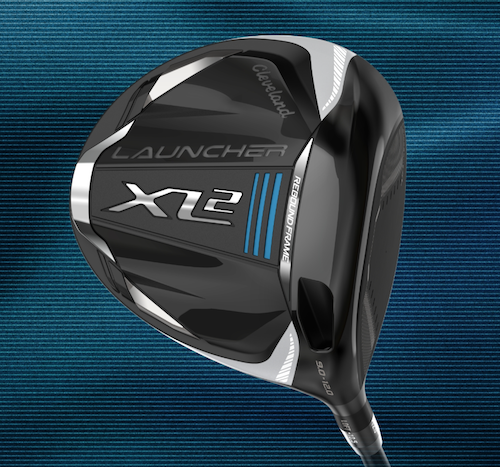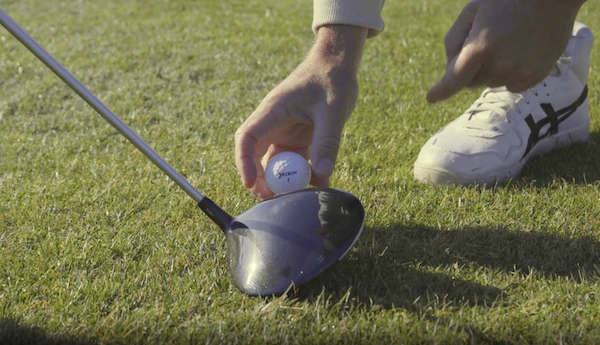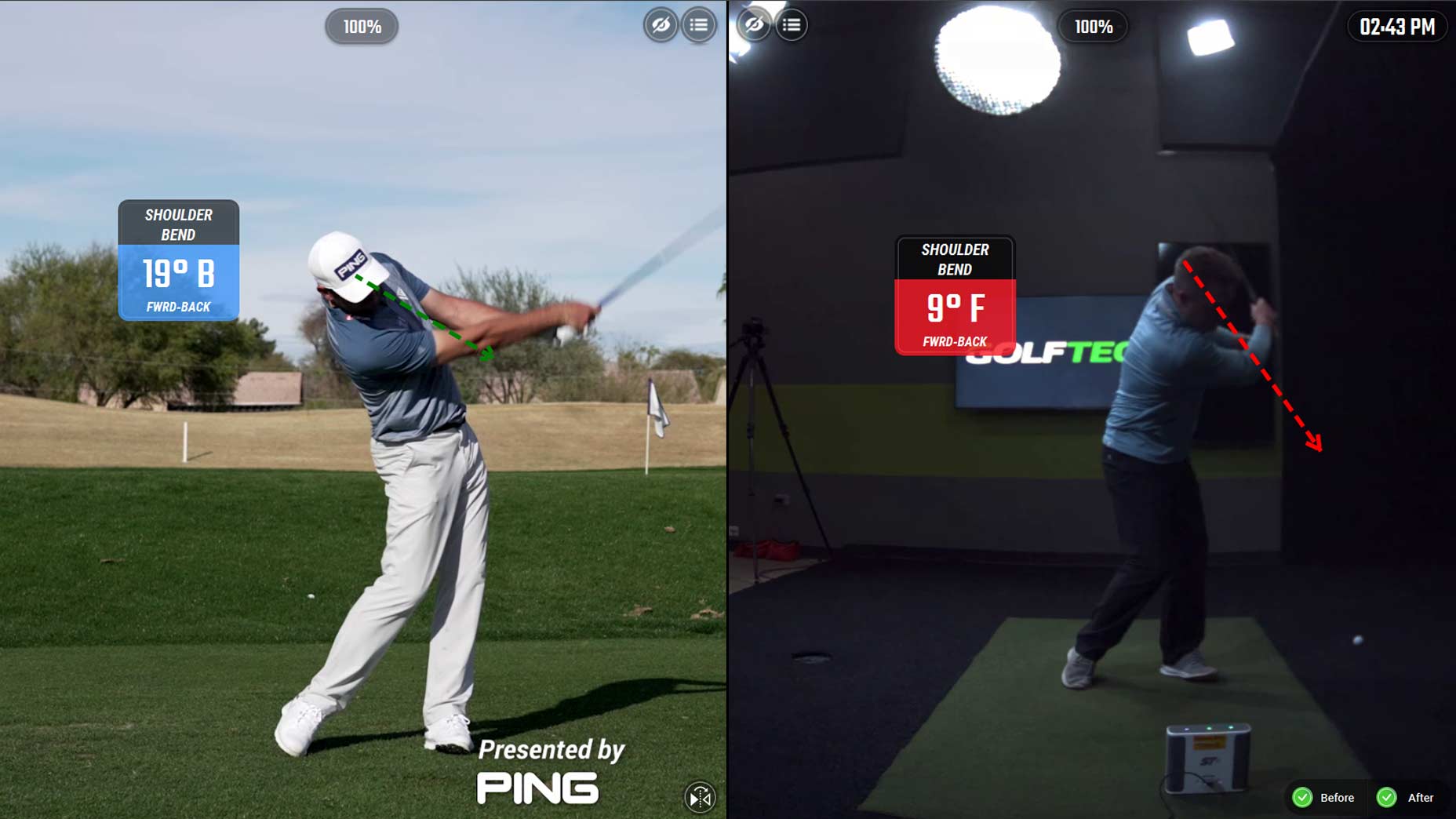Welcome to Shaving Strokes, a GOLF.com series in which we’re sharing improvements, learnings and takeaways from amateur golfers just like you — including some of the speed bumps and challenges they faced along the way. Editor’s Note: This article was published in partnership with Cleveland Golf.
Until recently, hitting my driver has been a real challenge this golf season. Rather than go through my process and feel confident holding it in my hands, I revert back to some bad habits, get lazy with my sequencing, open the clubface, and end up slicing the hell out of it.
When this happens, I not only lose distance, but I spend way more time than I’d like searching for my ball on the cusp of the tree-line — which is embarrassing and frustrating.
But rather than work out some of the kinks, I’ve done what any mid-handicapper would do: Completely ditch the driver to try and “play safe” off the tee instead, using something like a 3-iron to just poke it out there and hope I hit the fairway.
Naturally, this costs me a lot of distance and it’s doing no good on those longer par-4s or beastly par-5s.
I needed help, so I tapped golf instructor and Cleveland Golf ambassador Jake Hutt for some advice on how to be more consistent with my driver, while ensuring I maximize my distance.
Do this to hit your driver farther
For starters, and to help instill some confidence, Hutt hands me a new driver to test out — the Cleveland Golf Launcher XL 2 Draw Driver, which is built for one thing: sending bombs down the middle of the fairway.
Since the Launcher XL 2 Driver is designed for maximum distance and forgiveness, Hutt has me swing it to see how it positively impacts my tee shots.
After hitting one, he analyzes my shot, providing me with some tips to hit more of a natural draw.

Cleveland Golf Launcher XL 2 Drivers
“So you had the draw shape there, with the ball starting right and curving left,” Hutt says. “That tells me you did a good job with your path and coming from the inside with the face closed.”
While I had the right shot shape, due to some typical swing flaws, my weight was a little off-balance, which caused me to hit the ground before impacting the ball. Not good.
Hutt gives me some quick-fix tips to correct the problem.
Tee it higher
“You hit a little bit of the ground there, so what I’d have you do first is simply tee it up a little bit,” Hutt says. “That’ll help you still hit up on the ball without the club bottoming out too far into the ground.”
Next, Hutt tells me exactly where the height of the tee should be, providing an easy visual cue.
“Think about half of the ball above the top part of the driver,” he explains. The image below highlights how it should look.

After hitting my second shot, I experience more of the type of draw I’m looking for, despite feeling like I mishit it off the toe.
That’s improvement, but I’m still holding back. So Hutt has me rethink about my swing speed next.
Develop your swing speed
“There are a couple different things you can do if you’re just going for speed,” he says. “You’ll probably sacrifice some accuracy here, but [try using] a faster backswing.
“Take that club back and feel like you’re throwing it back, then reacting to it. Put energy into the grip as fast as you can, and think faster and longer in the backswing.”
I practice this new sensation a bit, making sure I still try to maintain proper sequencing since swinging faster and harder can cause all sorts of problems for a player of my mid-handicap status.
But Hutt tells me that when you’re looking to maximize your driver distance, the simplest thing to do is increase the swing speed.
“If we’re trying to get a longer shot today, let’s just see that speed number go up,” Hutt says. “After hitting some shots and seeing an extra 5-10 miles per hour of speed, you get comfortable with that. You need to get the body warm first, then we can start to worry about the face.”
So if you’re wondering how to hit driver farther, Hutt suggests working on swing speed first, then focus on your clubface control.
“Start with one thing first, which is speed, then let’s close the face and [tee it up] higher,” he says. “That’s when you can throw in those subtle little cues to find the right face and impact location.”










